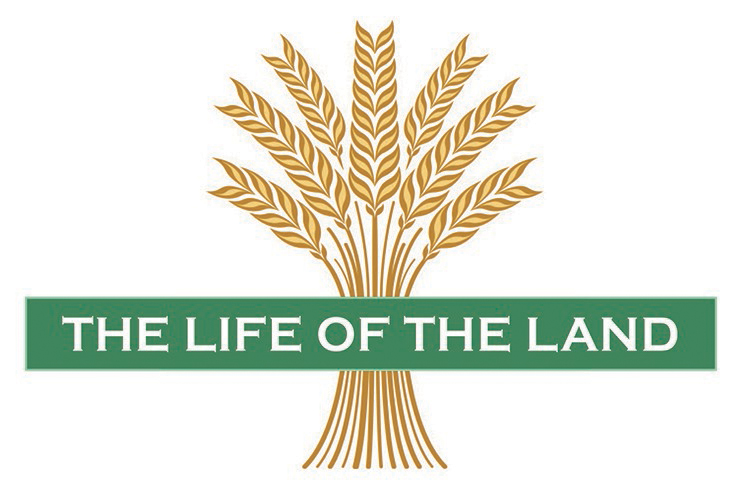News from the Noteworthy by Sustainable Otsego
Regenerative Ag: It’s All About the Soil

Readers of our “Life of the Land” column have probably noticed that we celebrate examples of “regenerative agriculture“ in the local farm community. But a precise definition of regenerative agriculture is elusive.
Unlike “organic farming,” “permaculture,” or “biodynamic farming,” the idea of regenerative agriculture is not an absolute prescription, but rather an agricultural philosophy which is directed at high-quality production within the context of preservation and restoration of the local “natural capital” embedded in soil, water, and biodiversity.
The principles of organic agriculture and regenerative agriculture overlap significantly, and many farmers try to honor both practices. But United States Department of Agriculture certified-organic farming prohibits genetically modified seeds or “synthetic” substances (such as herbicides, pesticides and antibiotics), whereas these are discouraged but not prohibited for the regenerative farmer. Likewise, the organic farmer may be scrupulous about the synthetic substances and genetically modified organism seeds but might not follow regenerative practices.
The “best practices” in regenerative ag literature are not new but are increasingly being examined in light of climate change. These include breaking up of monoculture with cover cropping; no till planting methods; composting; agroforestry integrating trees and shrubs into plantings; intensive rotational grazing of livestock; conservation buffers to protect water courses from livestock, or hedgerows to reduce wind.
Part of the regenerative agricultural community has resisted USDA certification. Organic farming, which began as a small scale, localized movement is now, thanks to USDA “branding,” big business. Eighty percent of organic foods sold in the U.S. come from farms with sales over $500,000.00 annually. This is a mixed blessing. More organic food is available to consumers, but the economies of large scale seriously disadvantage small farmers. And it is unlikely the huge farms are practicing regenerative agriculture, which requires careful attention to farm microenvironments.
One of the arguments against certification of RA is the distortion and co-optation of principles which can occur. A good example of this is what has happened with no-till agriculture, which was first recognized as a conservation practice in the 1960s. Tillage causes erosion and also disrupts the complex community of the soil’s microbiome. When to till, how deep and how much all remain areas of intense research. Weed management is a major problem. Of course, Monsanto came up with their version of no-till: saturate the soil with their herbicide (Roundup) and then plant their GMO Roundup-resistant seeds. No muss, no fuss!!
The U.S. food supply chain provides supermarkets packed with copious, cheap items. In areas which have been intensively farmed by standard industrial methods, severe erosion and groundwater depletion are now ubiquitous. We are lucky to live in an area where we have the option of supporting local farmers working to reverse this pattern. As the bumper sticker puts it: “Know Your Farmer, Know Your Food.”
Authored by Sustainable Otsego. Since 2007, we have promoted ecologically sound practices—locally, regionally and nationally. Our platform calls for sustainable living, economic independence and home rule. Visit us at sustainableotsego.net or facebook.com/SustainableOtsego.


This is not an accurate description of biodynamic agriculture. Many Biodynamic practices are directly focused on building soil and restoring soil biodiversity. Demeter standards require that soil carbon must be maintained or increased. And if we want to talk about the inputs side – if your farm operation have a larger carbon footprint than what you are sequestering in the soil, is that regenerative? – Biodynanic agriculture strives for closed-loop including producing manure, compost and other amendments on the farm.